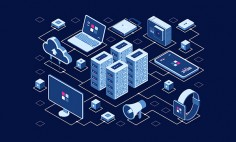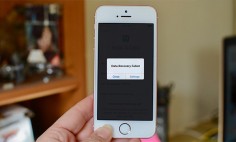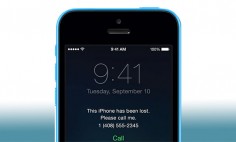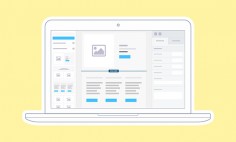If you’re like many others who are constantly connected to the digital world, then data security should be a top priority for you. While cyber trends are constantly changing, understanding these will help you take measures to protect yourself proactively. So, let’s look at 10 important data security trends that will inevitably impact your life in some way in 2020.
1. Number of passwords is skyrocketing
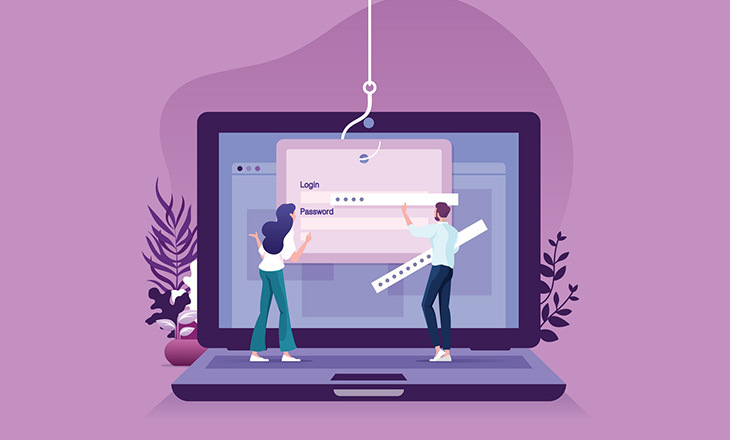
There will be around 300 billion passwords in use by the end of 2020. That’s certainly an impressive number. This means more accounts to protect, and more passwords to guard against breaches.
All this is pointing towards the increased need for safe and strong passwords and their effective management. With the rising number of passwords per user, reputed management tools and apps will have a bigger role to play.
2. Emails deliver the majority of malware attacks
Emails are the most popular vehicle for delivering malware attacks today. And these can range from phishing attacks and malicious email links to attachments, especially using .doc and .dot extensions.
So, think twice before opening emails and responding. If you’re feeling suspicious, there are several tools to help put you at ease. Nuwber, for example, can help you perform a reverse email search so you can verify the details of the sender. Try directly contacting the relevant person or organization by phone to ensure that the email originated from them. Direct suspicious emails to the junk box and set up virus guards for your mailbox.
3. Mobile data breaches are steadily increasing
With many people switching from desktop to mobile interfaces, cybercriminals have also turned their attention towards them.
Today, a large part of web browsing takes place on mobile devices, and many users have even set up their emails to check on the go. More data is now stored on phones than ever before and dozens of user accounts are connected for various personal conveniences, from online banking to shopping. All these will inevitably put your data at risk.
4. Financial gains are behind the majority of data breaches
Many reasons could lead to a cyber attack. It could be driven by corporate espionage in a bid to steal confidential data from a competitor, or simply to challenge authority and create fear and disturbance.
But according to a recent Verizon report, 90% of data breaches have financial motives. This is a significant jump from 71% last year. From ransomware to credit card fraud, many types of attacks can account for this—all the more reason for you to guard your personal data.
5. Social media is contributing to a large number of data breaches
With nearly half the world population on social networks, it’s no wonder social media has become a popular target for data theft.
Data mining is perhaps the number one cause of a privacy breach. Your social media platform could face a hacking attack or the network itself could share your personal data with third parties without your knowledge. Therefore, avoid excessive sharing on these platforms and be prudent about your social activities.
6. Mobile apps are increasingly threatening safety and privacy
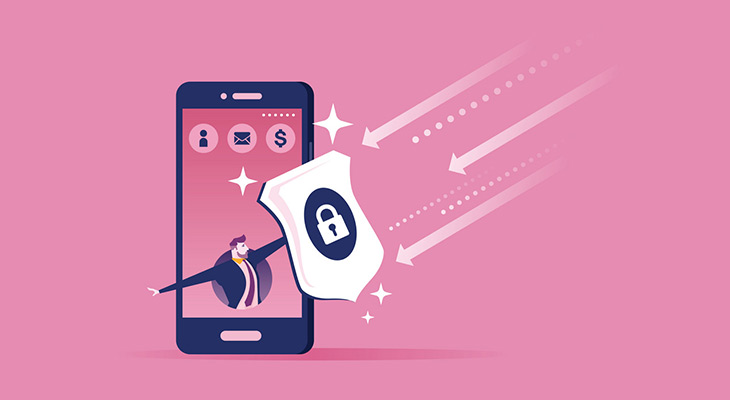
Many users have more mobile apps than they could possibly use on their smart devices. And these apps are compromising your data security in many ways. Take app permissions, for instance. Many apps request access to more personal information than they would justifiably require. These can include access to your contact lists, messages, and photo gallery.
Third-party apps could even download malicious viruses to your phone, seriously putting your data at risk. Therefore, practice caution when downloading mobile apps, check app permissions you have granted, and delete those that you don’t use regularly.
7. Identity theft is also on the rise
Identity theft has grown over the years as people share an increasing amount of personal data on the digital space. Phishing attacks using emails are one of the most popular techniques used for this. Cybercriminals could impersonate your bank and prompt you to share your bank account details via email. Or they could impersonate a popular social media site and attempt to lure you into divulging your account passwords.
These are all designed to steal your personal data, which can be then used for various purposes such as committing fraud and crime.
8. Internal threats are just as alarming as external threats
According to a Verizon report, 34% of data breaches were triggered internally. This figure has been increasing over the years despite the strengthening of network security by organizations. And there could be various reasons behind this such as the carelessness of employees handling data, deliberate information theft or leaking, as well as poor access controls with regards to confidential information.
9. Spending on cybersecurity has reached new levels
Last year, spending on cybersecurity stood at $64.2 million. And this is expected to more than double by 2022 to reach $133.7 billion. What this means is that organizations are becoming more proactive in their response towards cyber threats, while it could also indicate the growing threats to data.
All this spending will go towards strengthening infrastructure, networking equipment, human capital, training, as well as the increasing costs of data breaches.
10. Cyberattacks have become a major risk to global stability
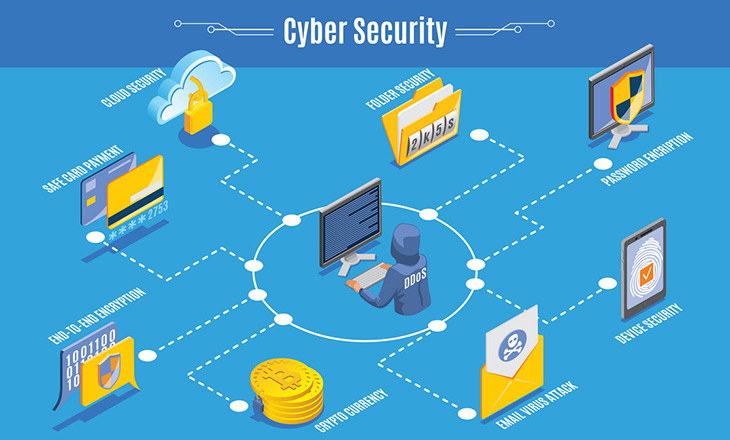
The World Economic Forum’s Global Risks Report featured large-scale data fraud, theft, and cyberattacks among the top five risks to global stability in 2019. This shows the gravity of cyberattacks and the enormous impact it can have on the world we live in today.
They could not just bring down companies, but can also cripple entire economies. For instance, take the impact of a cybersecurity threat on a supply chain. Its ripple effect could be felt not just across industries, but in a highly interdependent and globalized distribution system, it can have a far-reaching effect even across countries.
So, there you have it. These trends will shape how we engage with the digital space for a safer and more productive experience. But most importantly, they also signal how we need to adapt and change our behaviors to live safely in a highly digitized world.
